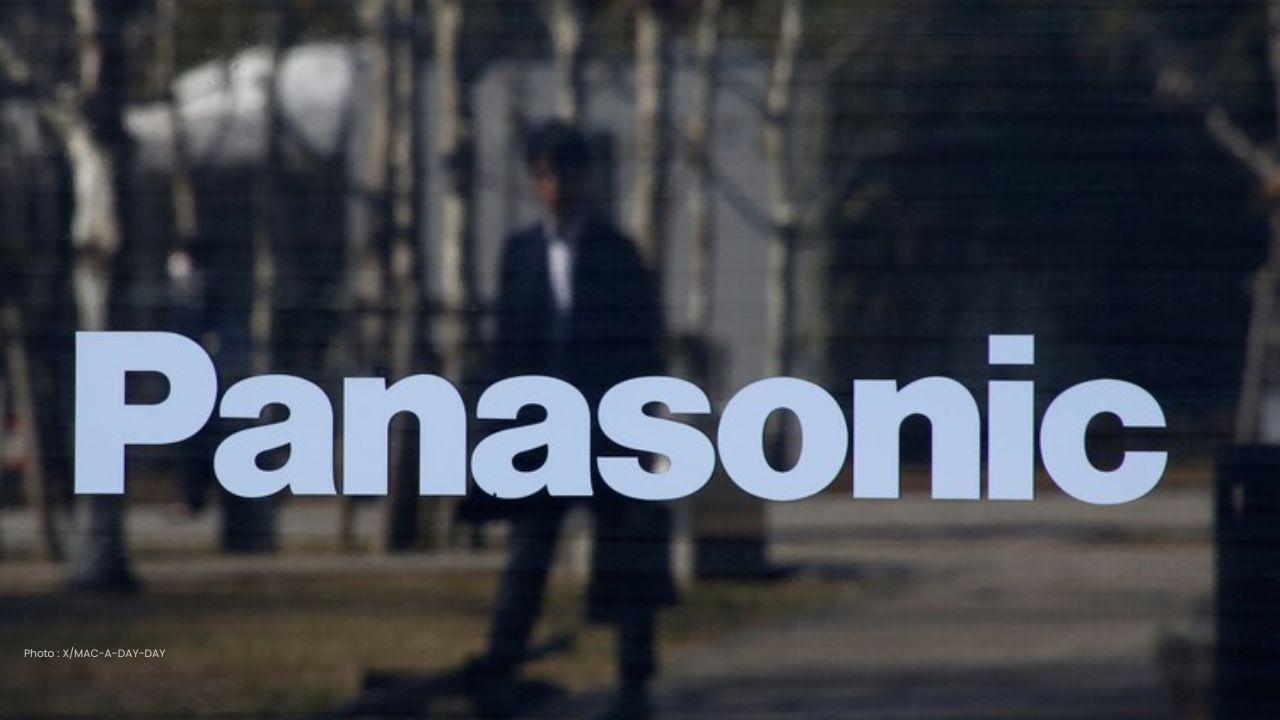
Post by : Avinab Raana
A quiet revolution is building inside Panasonic’s labs: the company has set its sights on developing a groundbreaking anode-free electric vehicle battery within about two years. This isn’t just incremental progress, it promises up to 25% more capacity than current batteries. What does that mean for EV drivers? Nearly an extra 90 miles of range for a Tesla Model Y sized pack, purely from rethinking the battery’s structure.
Traditional lithium-ion batteries have an anode already in place during manufacturing. Panasonic’s plan removes that anode during production. Instead, a lithium metal anode forms only after the first charge. By doing this, there’s space freed inside the cell for more of the active cathode materials, nickel, cobalt, aluminum allowing the battery to store more energy without altering its external size.It’s a clever idea: more range without making the battery physically larger. Panasonic is also aiming to reduce the use of nickel, a relatively expensive material, making cost savings possible.
The practical effects could be dramatic. For vehicles like the Tesla Model Y, the extra capacity might translate to almost 90 more miles of driving per full charge with the same battery pack size. Alternatively, manufacturers might opt to maintain current ranges but use smaller, lighter packs—lowering material and production costs, and improving vehicle weight and efficiency.If all goes well, owners could see lighter vehicles, lower battery costs, and less dependency on high-cost materials—all while pushing performance and usability forward.
The anode-free approach isn’t new, but it’s historically faced barriers. Lithium metal is reactive and can grow dendrites (tiny, needle-like formations) that short-circuit batteries. Controlling the formation of the anode after the first charge, ensuring its stability, safety, and longevity, is a tall order.
Manufacturing challenges are also significant. It’s one thing to prove the concept in lab settings; scaling it for mass production while maintaining quality and safety is another. Panasonic will need strong innovations in materials, coating, separators, and battery management systems to prevent degradation and ensure consistent performance.
Panasonic expects to bring this anode-free battery to fruition by late 2027. That gives about two years of R&D, prototyping, testing, and scaling. Other battery makers are also chasing similar advances better energy density, lower reliance on costly materials, lighter weight, higher safety. But Panasonic’s move could give it a leadership position, especially if it can deliver this technology at scale and reliability.
Electric vehicles are growing more common, but two big consumer pain points remain: range anxiety and cost. If batteries can offer more range without increasing size or price, EVs become more competitive with internal combustion vehicles.
Moreover, reducing the dependence on nickel and similar materials helps with supply chain resilience and cost control, especially in a time where raw material prices can be volatile. For governments and regulators pushing for sustainability and lower emissions, every improvement in battery efficiency adds up.
Automakers sourcing batteries from Panasonic might soon offer EVs with noticeably better range or lighter battery packs. For buyers, that could mean fewer charging stops, lower battery costs in the long run, and more driving confidence in cold conditions or when throttling performance.
Dealers might see value-selling battery capacity more aggressively. Warranty and safety records of these batteries will be under close scrutiny. Early adopters could become advocates, if the tech delivers reliably.
Every battery innovation carries risk. There’s the chance that performance will degrade too fast, or that costs associated with safety, materials, or manufacturing will offset the benefits. Lithium metal anodes have had durability and stability issues in past attempts.
Regulatory safety testing, crash and thermal performance, supply chain for rare materials like cobalt—all are potential pinch points. If Panasonic’s solution fails to solve those, adoption could be slower.
Panasonic’s announcement isn’t just about this specific battery. It’s part of a larger shift in how EVs will be designed, powered, and perceived. When batteries become more efficient, cheaper, and safer, the entire EV ecosystem evolves charging infrastructure needs change, cost-parity with combustion vehicles gets closer, and consumer acceptance accelerates.This move nudges solar and energy storage, too: better batteries benefit not just cars, but grids, homes, portable devices.
If by 2027 Panasonic delivers on its promise, the EV market might wake up to a new era, one where better batteries become expected, not exceptional. Buyers may demand more range by default, and automakers will need to deliver. Costs may drop, but more importantly, trust in EV technology could deepen.The road to anode-free batteries isn’t guaranteed easy, but Panasonic’s bet is bold. When that breakthrough comes, it won’t just shift battery specs. It could help shift the entire future of electric mobility.
#Panasonic anode-free battery, #EV range increase, #High capacity battery technology, #Nickel reduction, #Battery innovation 2027










Bengaluru-Mumbai Superfast Train Approved After 30-Year Wait
Railways approves new superfast train connecting Bengaluru and Mumbai, ending a 30-year demand, easi

Canada Post Workers Strike Halts Nationwide Mail and Parcel Services
Canada Post halts operations as CUPW strike disrupts mail and parcel delivery nationwide amid disput

PM Modi Launches BSNL ‘Swadeshi’ 4G Network, 97,500 Towers Built
India enters global telecom league as PM Modi inaugurates BSNL’s indigenous 4G, connecting 26,700 vi

India’s Iconic MiG‑21 Takes Final Flight After Six Decades of Service
After 60 years India retires its MiG‑21 fighter jet, a legendary yet controversial warplane marking

Hindustan Zinc unveils AI hotspot monitoring at Debari smelter
Hindustan Zinc launches AI-powered Switchyard Hotspot Monitoring at Debari smelter to cut outages bo

Chinese experts worked inside sanctioned Russian drone plant
Chinese drone specialists visited IEMZ Kupol supplying parts and drones via intermediaries, deepenin